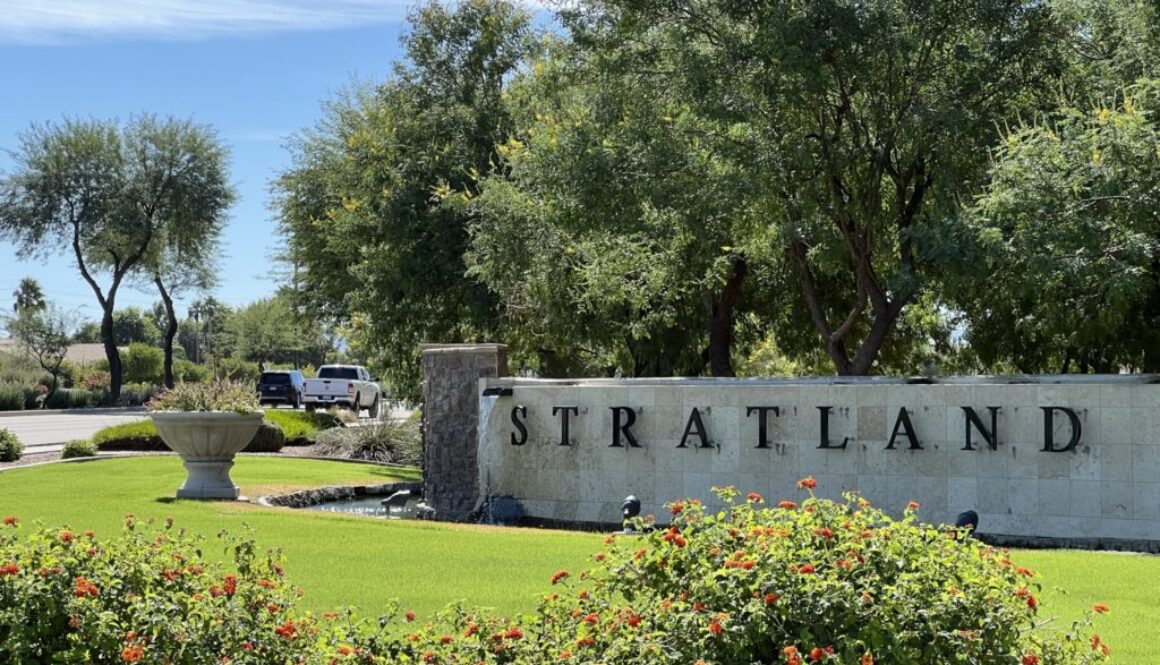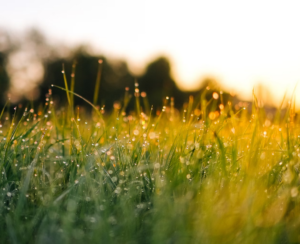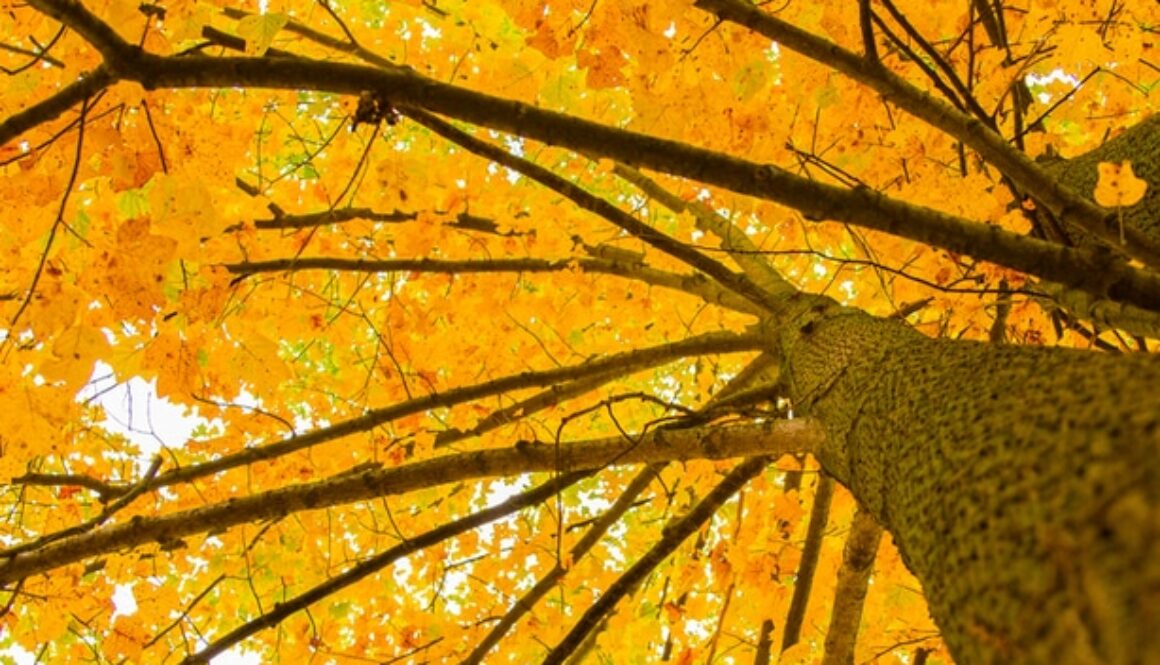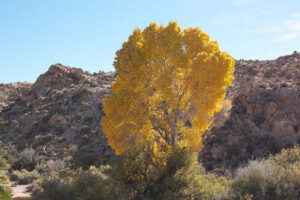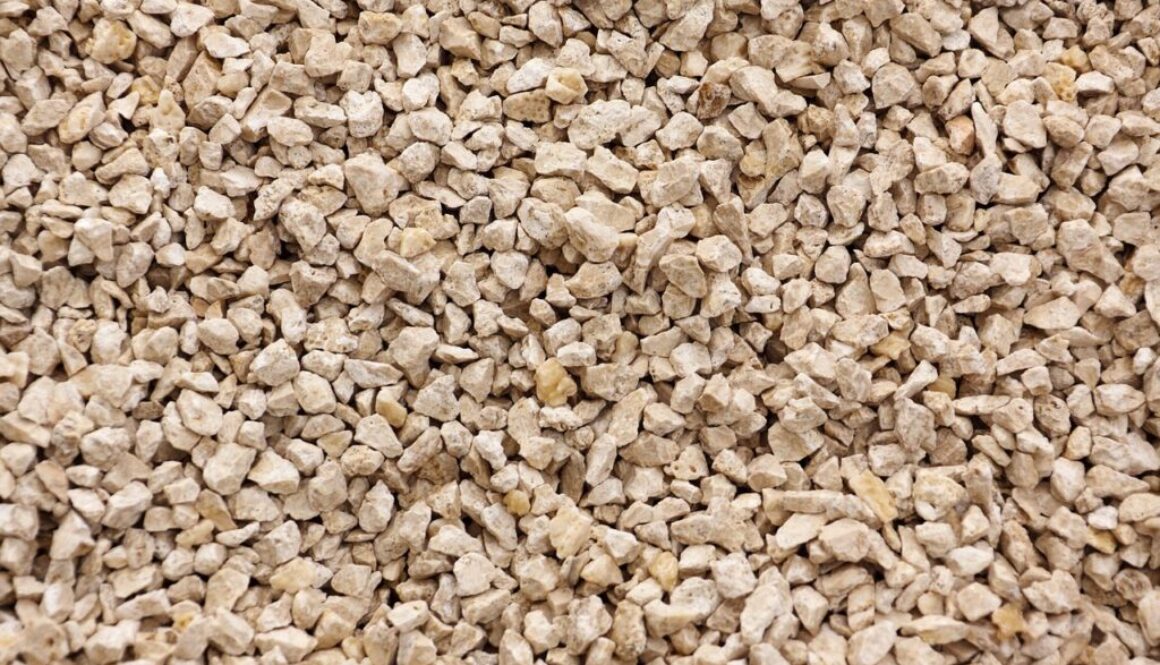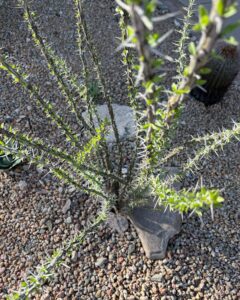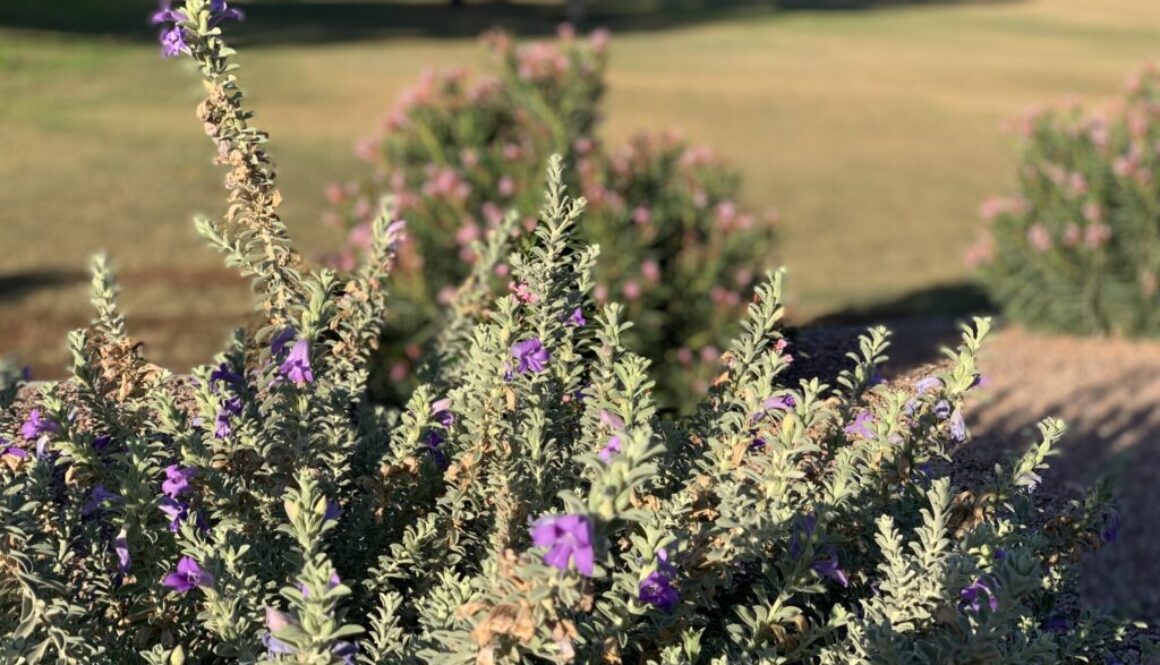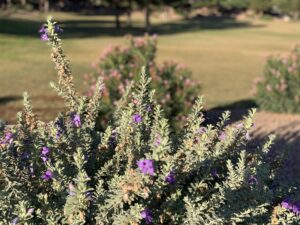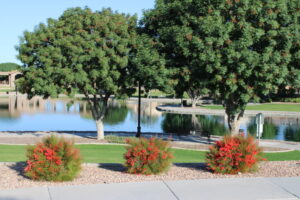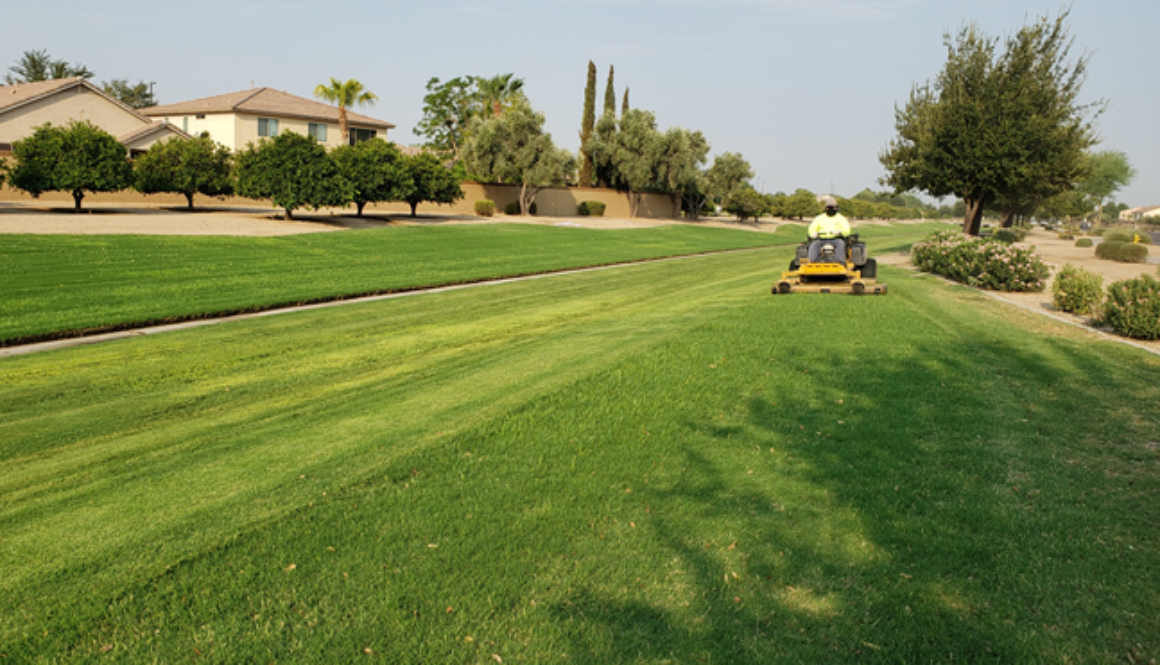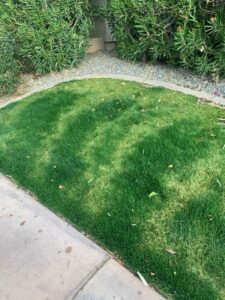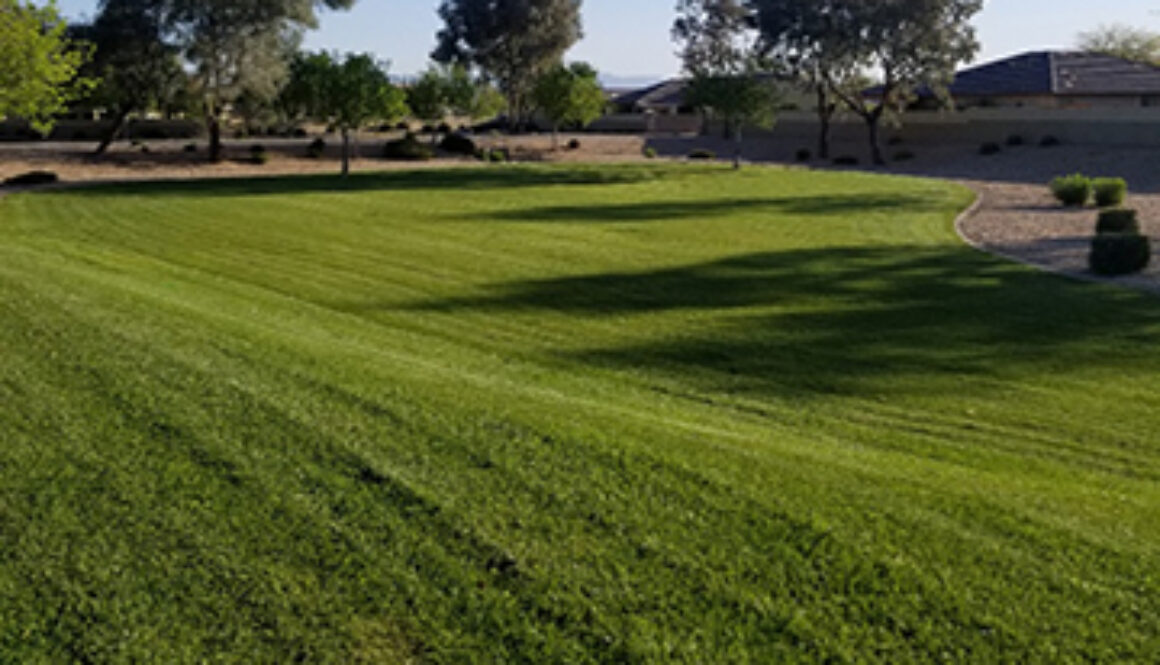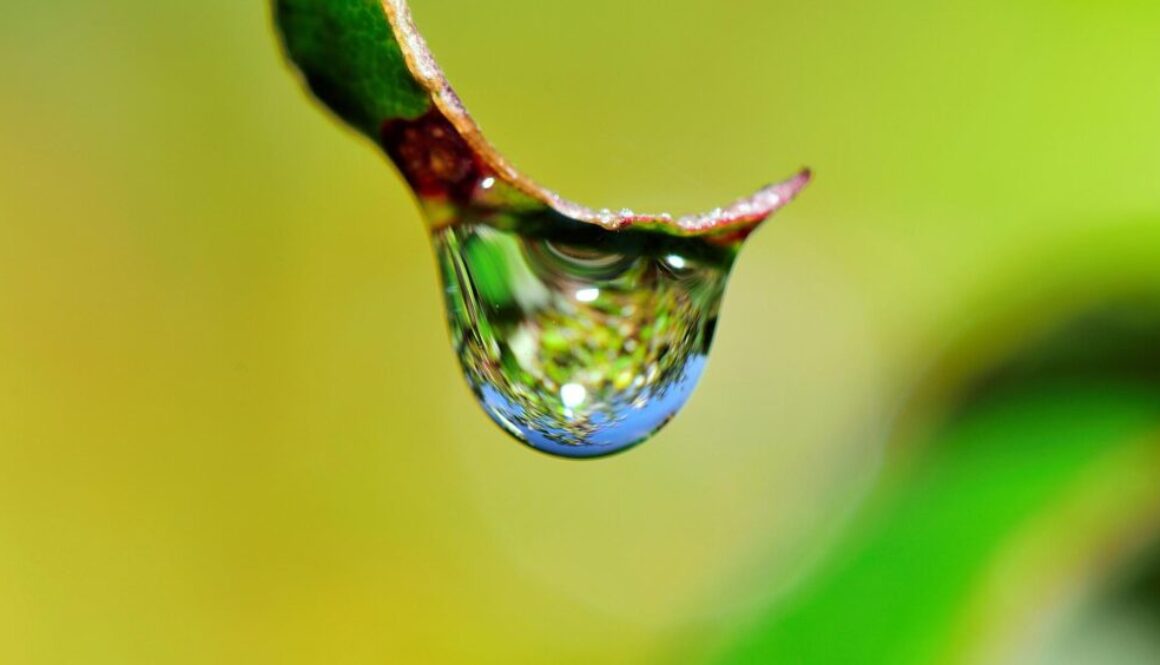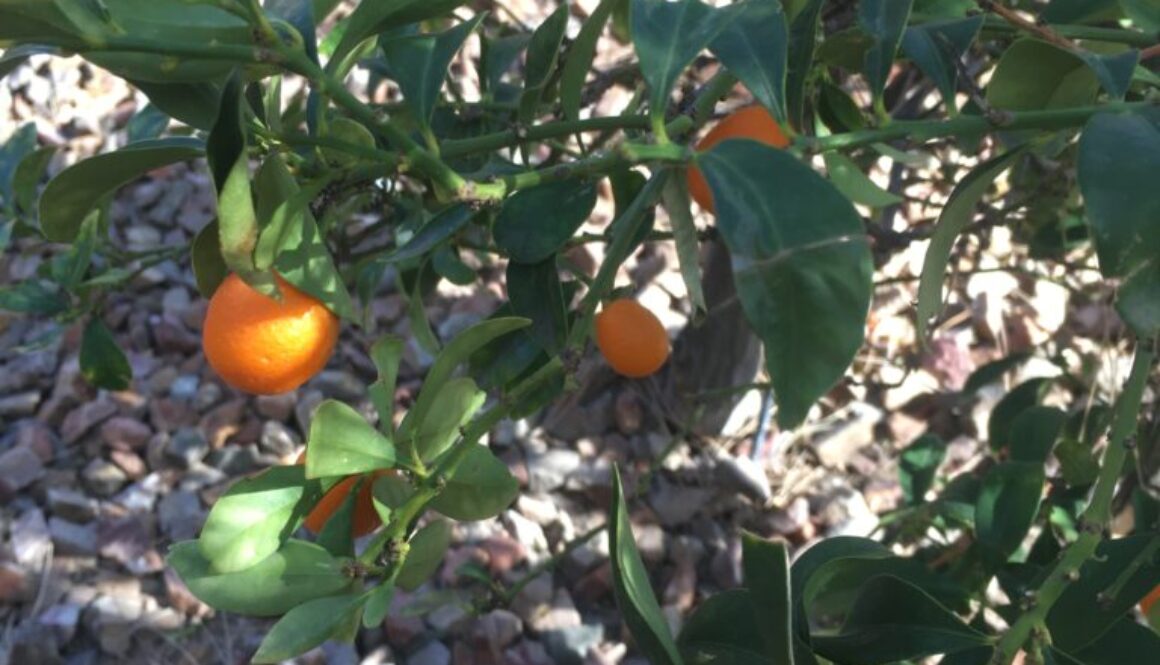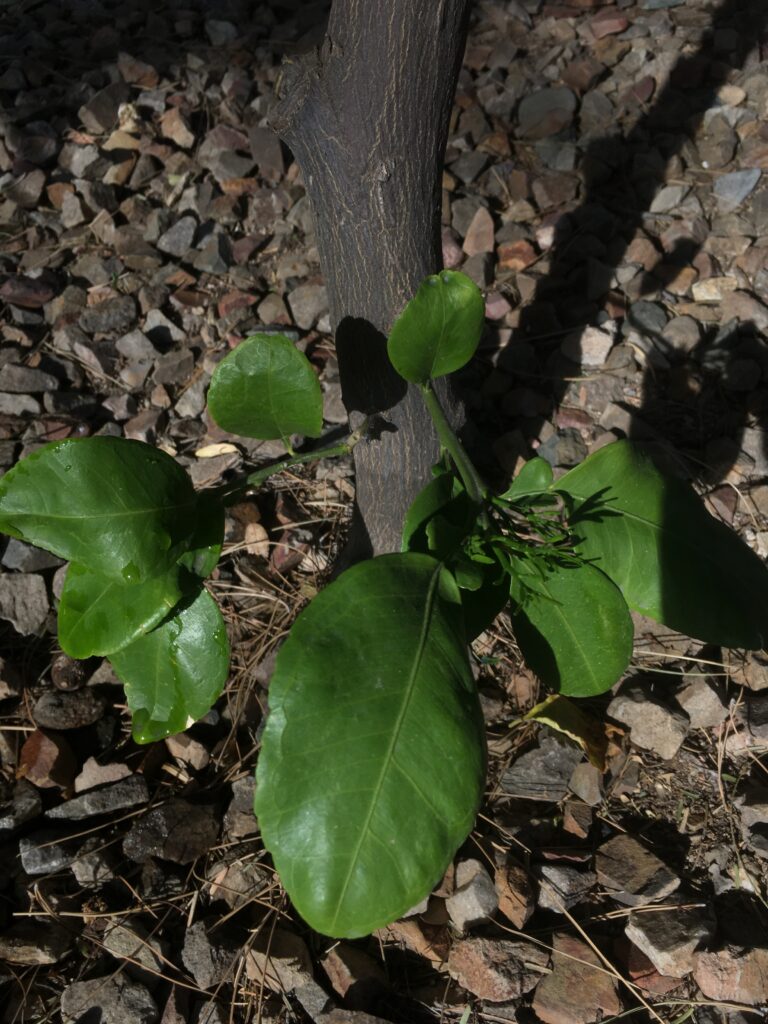7 Tips to Protect Your Plants from Frost
With a little knowledge and planning, you can protect your landscape plants—and your investment—from frost damage. In Arizona, we can get frosts from about Thanksgiving to Valentine’s Day.
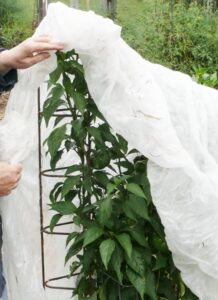
As a rule of thumb, it’s important to know that younger, dehydrated and actively growing or flowering plants are most at risk for frost damage.
As the weather cools, plants naturally “harden off” by slowing their new growth and ceasing blooms. Therefore, it’s important to protect landscape plants both from frost and from budding or blooming too soon before the danger of frost has passed. Still, the faster the drop in temperature, the lower the temperature and the longer the exposure, the more at risk any plant is to frost damage.
- Select frost-tolerant plants. Native plants will fare the best in all temperatures, whereas tropical plants may suffer in the cold. To find a plant’s temperature hardiness, search https://www.amwua.org/plants, AMWUA’s Plants for the Arizona Desert
- Keep soil appropriately moist. Although water requirements for different plant species vary year-round, it’s important to know that frost damage can be more severe in dehydrated plants. And, although it seems counterintuitive, it’s beneficial to water plants before a predicted frost because water releases energy in the form of heat when it cools, thereby warming the foliage above ground.
- Cover at night. Each night a frost is predicted, drape over sensitive plants a cloth that touches the ground, allowing warmth from the ground to fill the resulting dome structure. Remove the cover in the morning so the ground warms up again the next day. If you need to keep plants covered for multiple days, look for purpose-designed frost cloths or frost blankets. Do not use plastic because it freezes.
- Choose warm locations. Frost-sensitive plants will be better protected when they are sheltered, when they are exposed to full daytime sun (south and west sun are best) or when they are located near rocks, walls or benches, which radiate daytime warmth.
- Resist pruning. Pruning stimulates new plant growth, which can be even more susceptible to frost. Do not prune frost-damaged plants until spring, after the danger of frost has passed.
- Wrap tree trunks. For young citrus and other frost-sensitive trees, loosely wrap the trunk from the lowest foliage down to the ground using multiple layers. Leave wrapped for the winter.
- Add heat. Add incandescent lights or string lights below the foliage because their heat radiates upward. LED lights do not generate sufficient heat for this purpose.
If the weather forecast shows low nighttime temperatures, refer back to these 7 tips to prevent frost damage to your sensitive plants. You’ll be protecting their shape and giving them a head start on budding and blooming when spring comes.


